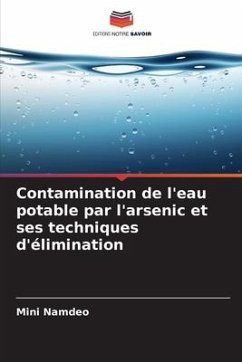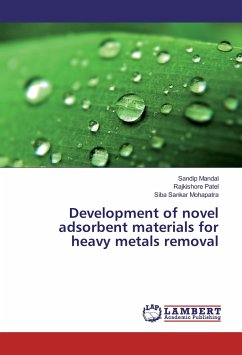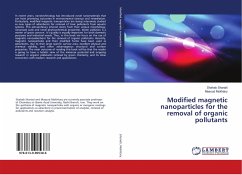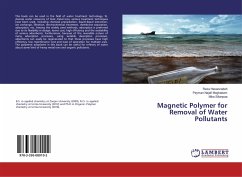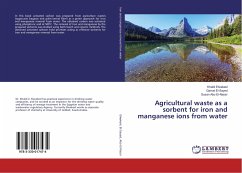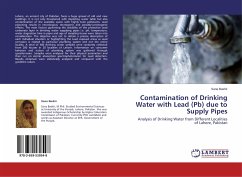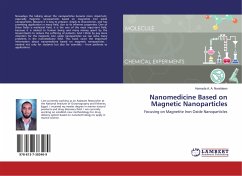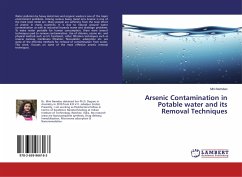
Arsenic Contamination in Potable water and its Removal Techniques
Versandkostenfrei!
Versandfertig in 6-10 Tagen
24,99 €
inkl. MwSt.

PAYBACK Punkte
12 °P sammeln!
Water pollution by heavy metal ions and organic wastes is one of the major environment problems. Among various heavy metal ions Arsenic is one of the most toxic metal ion. Many people are suffering from the toxic effect of arsenic in many countries. It is due to natural ground water contamination as well as industrial hazards waste and drainage problems. To make water portable for human consumption, there were several techniques used to remove contamination. Use of chlorine, ozone etc. and physical method such as UV treatment, other filtration techniques such as reverse osmosis, membrane filtr...
Water pollution by heavy metal ions and organic wastes is one of the major environment problems. Among various heavy metal ions Arsenic is one of the most toxic metal ion. Many people are suffering from the toxic effect of arsenic in many countries. It is due to natural ground water contamination as well as industrial hazards waste and drainage problems. To make water portable for human consumption, there were several techniques used to remove contamination. Use of chlorine, ozone etc. and physical method such as UV treatment, other filtration techniques such as reverse osmosis, membrane filtration, flocculation, adsorption etc. are some of the effective methods for removal of contamination from water. This work, focuses on some of the most effective arsenic removal techniques.



